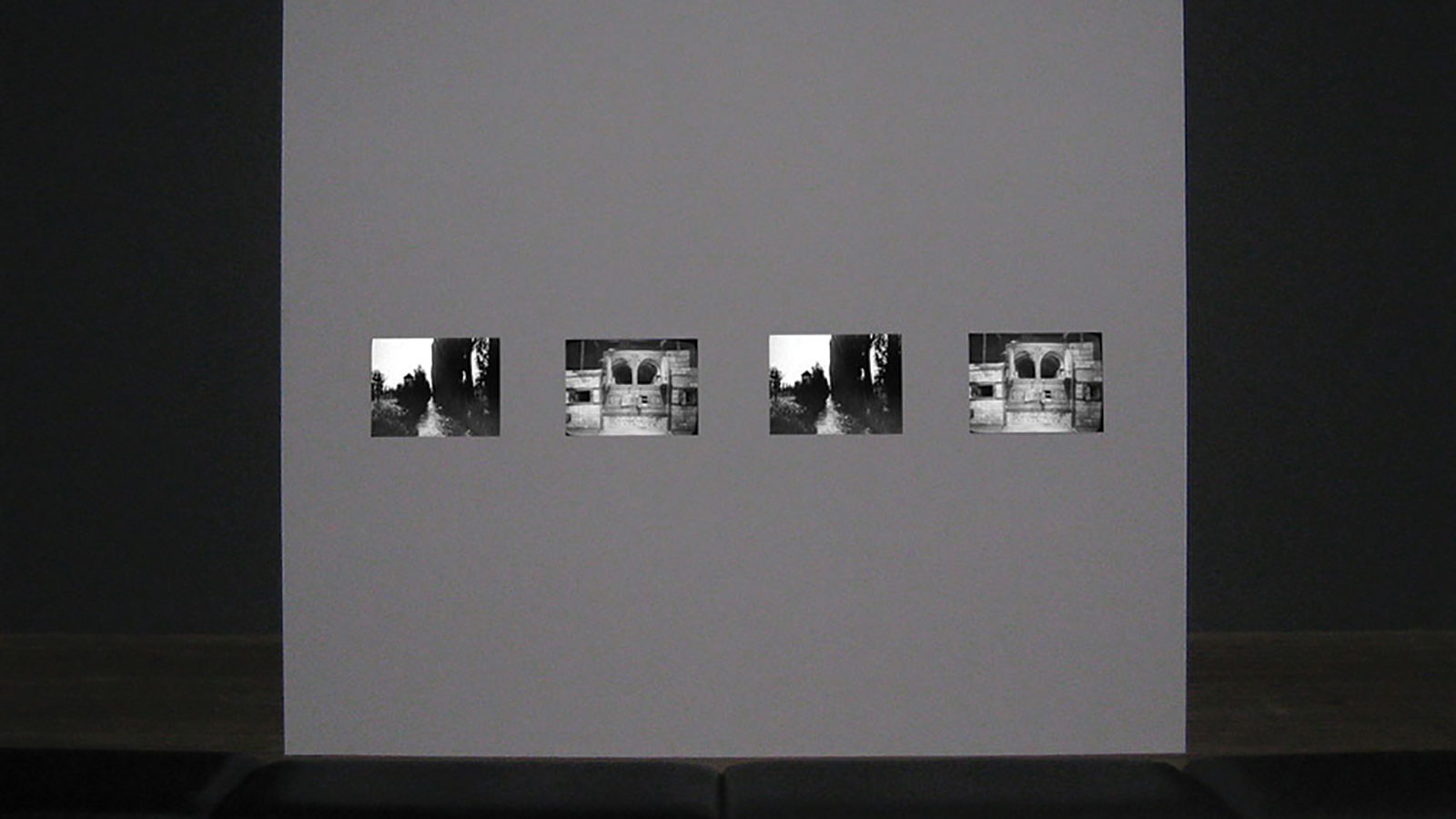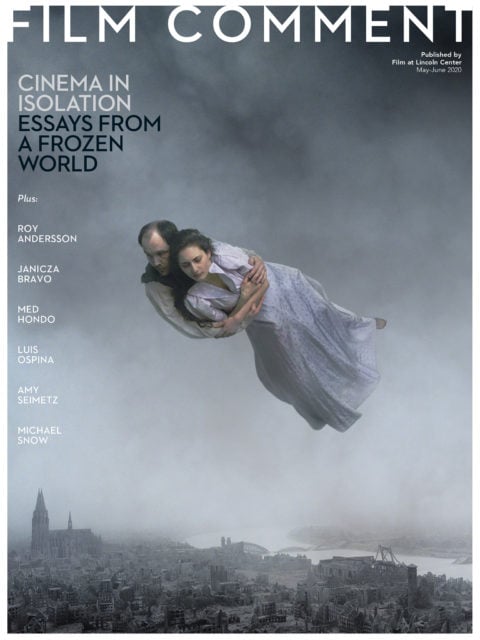
Readings: Video/Art: The First Fifty Years

Video/Art: The First Fifty Years
By Barbara London, Phaidon Press, $26.49
Video/Art: The First Fifty Years begins at the end, if only for a moment. Barbara London is recounting her experience, in 2018, of a multimedia installation by Pierre Huyghe. The work, UUmwelt, employs advanced technology for both production and presentation, with images culled from brain waves and broadcast on LED screens. London sees its montage of fantastical mutant figures as a culmination of philosophical concerns and technical developments that have propelled the amorphous category of “video art” since she began following it in late-’60s New York. With that, London—founder of MoMA’s video program and curator there from 1970 to 2013—rewinds half a century, leading a behind-the-scenes tour of how things got to be where they are.
Few could pull it off, combining memoir and survey. But London’s attention to material, discursive, and administrative practicalities demonstrates how she—alongside canny artists and patrons—really did shape video art as many know it, as an enduring inspiration for adapting nascent communication strategies. Most chapters center on a few canonical (or should-be-canonical) figures, from progenitors like Nam June Paik and Joan Jonas to multimedia torch-bearers like Sondra Perry and Ian Cheng. If London privileges people she knows, peppering formal analysis with casual anecdotes, she at least seems to know everyone, whether born in the ’20s or ’80s, whether working “Upstate” or in Shanghai, with a portapak or C#.
Video art is codified within an institutional context, but it comes to life amid a vibrant social network, where media theory has as much currency as what pioneering practitioner Steina Vasulka terms “illegitimate” culture: neither “high” nor popular forms of expression. It’s no coincidence that many of these figures represent underground or marginalized communities for whom inexpensive, direct-access media tools have provided valuable platforms. “Connections are there,” London concludes with characteristic optimism. “It’s all in the making.”
(Feature image: Dachau by Beryl Korot. Courtesy of Phaidon Press.)
Joe Bucciero is a writer based in Princeton, New Jersey.







